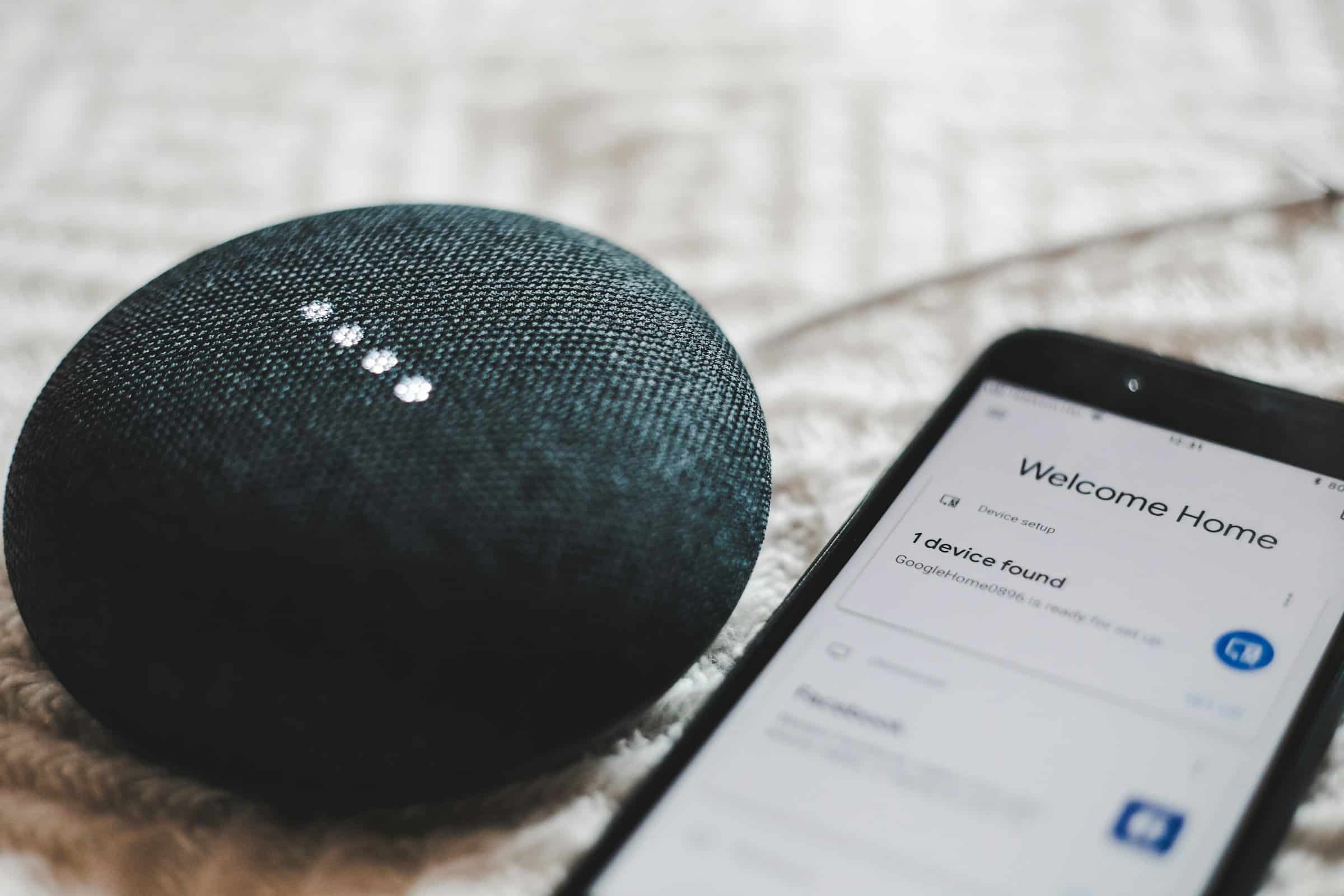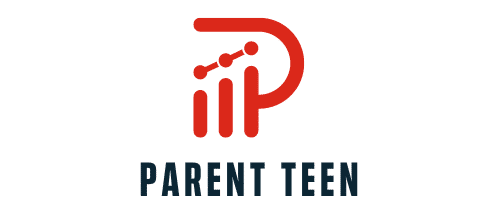What Are the Best Practices for Ensuring Data Privacy in Smart Apartment Complexes?

As we embrace the digital age, our homes are no longer just bricks and mortar. They are becoming intelligent spaces, equipped with smart devices and systems that are transforming the way we live. These advancements bring convenience and efficiency, but they also bring forth a pressing concern: data privacy.
Whether you manage a property or live in a smart apartment complex, data privacy should be a top priority. To ensure that we can reap the benefits of smart buildings without sacrificing our privacy, we need to examine the best practices in managing these innovative systems.
In the same genre : How Can Real Estate Agents Effectively Manage Client Expectations in a Volatile Market?
Understanding the Concerns About Data Privacy in Smart Apartment Buildings
Before we delve into the solutions, we must first understand the problem. Smart apartment buildings are filled with Internet of Things (IoT) devices – from access control systems to lighting and heating controls. These devices collect and transmit data, often sensitive information about the occupants’ habits and preferences. This exposure risks the privacy of the residents and can make a building a target for cybercriminals. Therefore, comprehending the depth and dimensions of these concerns is the first step towards ensuring data privacy.
Data privacy in smart apartment buildings is not just a concern for the occupants but also has significant ramifications on the property management. Legal liabilities and reputational risks are on the line if the data collected by the IoT devices are mishandled or breached.
This might interest you : How to Adapt Real Estate Development Strategies to Accommodate Autonomous Delivery Technologies?
Implementing Robust Access Control Systems
Access control systems are vital in securing the physical and data aspects of a smart apartment complex. These systems protect the building from unauthorized intrusion and prevent unwanted access to sensitive data. A reliable access control system doesn’t just secure doors but also networks, databases, and other areas where data is stored or transmitted.
When implementing an access control system, it’s crucial to choose one with a strong security protocol. It should have features such as encryption, two-factor authentication, and tracking mechanisms. Regularly updating and maintaining these systems is also crucial to keep up with evolving threats.
Protecting User Data with Privacy-Enhancing Technologies
While it’s crucial to secure the physical premises and the systems that collect data, it’s equally important to protect the user data itself. Privacy-enhancing technologies (PETs) are tools and procedures designed to minimize the collection of personally identifiable information and protect the privacy of users.
The PETs are typically embedded in the IoT devices and networks and operate by anonymizing data, encrypting communications, and giving users control over their information. They dramatically reduce the likelihood of a data breach and make the data useless even if it falls into the wrong hands.
Adopting a Comprehensive Data Management Strategy
Data management is more than just protecting data. It’s about handling the entire lifecycle of data, from collection to storage, use, and deletion. A comprehensive data management strategy ensures that all data collected by the smart devices in the building are handled responsibly and securely.
When it comes to data management, transparency is critical. Residents should be informed about what data is collected, how it’s used, and how it’s protected. Measures should also be in place to regularly review and update data handling practices.
Investing in Regular Security Audits and Training
Regular security audits and training are the backbone of any security strategy. Audits help identify potential vulnerabilities and ensure that all security measures are functioning as intended. On the other hand, training equips the property management and the residents with the skills and knowledge to handle the smart devices securely.
Security audits should be conducted by a qualified professional and should cover all aspects of security, including physical security, data security, and network security. Training programs, on the other hand, should be tailored to the needs of the audience and should cover topics such as safe internet practices, recognizing phishing attempts, and managing access controls.
Remember, as technology evolves, so do the methods used by cybercriminals. Regular audits and training help us stay one step ahead of them.
Securing our smart apartment complexes is more than just a technological challenge; it’s also a matter of responsibility and awareness. It’s about recognizing the value of the data we generate and taking the necessary steps to protect it. It’s about making privacy the standard, not the exception.
Incorporating Smart Locks for Enhanced Security
Smart locks have emerged as a potent tool in enhancing the security of smart buildings. These high-tech devices provide a superior level of protection against unauthorized access, thereby playing a significant role in ensuring data privacy.
Smart locks are designed to grant access only to authorized individuals, reducing the chance of a security breach. Unlike traditional locks, these advanced systems can record who has accessed a particular area and at what time. This level of access control is pivotal in protecting the residents’ privacy and the property management’s sensitive information.
While choosing a smart lock, you should prioritize features such as encryption, biometric identification, and remote access management. Encryption ensures that the data exchanged between the lock and the access device is scrambled, making it unreadable to potential hackers. Biometric identification provides an additional layer of security by relying on unique biological characteristics of authorized users, such as fingerprints or facial recognition.
In addition to these security measures, smart locks should ideally have the ability to be remotely managed. This allows for real-time monitoring of access and the capability to revoke access immediately if necessary. Remember, the smart lock is only as secure as its weakest link. So, frequent software updates are a must to patch any security vulnerabilities that might emerge.
Strengthening Supply Chain Security
With numerous IoT devices being part of a smart building’s network, it’s also essential to ensure the security of the supply chain. A weak link in the supply chain can compromise the entire system, making it essential to consider the security practices of all vendors and suppliers.
Before incorporating any IoT device into the smart building, properties should verify the supplier’s security credentials. This includes checking if they follow best practices in manufacturing, testing, and updating their products.
Moreover, properties should have a clear understanding of the data that each device collects and transmits. They need to scrutinize the privacy policies and practices of the suppliers to ensure they align with the property’s data protection standards.
Property management also needs to ensure that all devices have the latest firmware updates before installation. Regularly updating these devices post-installation is equally important. This continuous review and updating process will help in keeping the smart building’s network secure.
Conclusion
In conclusion, ensuring data privacy in smart apartment complexes is not a standalone process but a continuous commitment. The journey towards data privacy involves understanding the security concerns, implementing robust access control systems, protecting user data with PETs, adopting a comprehensive data management strategy, and embracing advanced security measures like smart locks and strong supply chain security practices.
Every stakeholder, from the property management to the residents, has a critical role to play in this process. Remember, privacy security in our smart buildings should not be an afterthought, but an integral part of the design and operation. As we continue to embrace the convenience of smart living, let’s also make consistent efforts to safeguard our privacy, making smart living not just efficient, but also secure.
